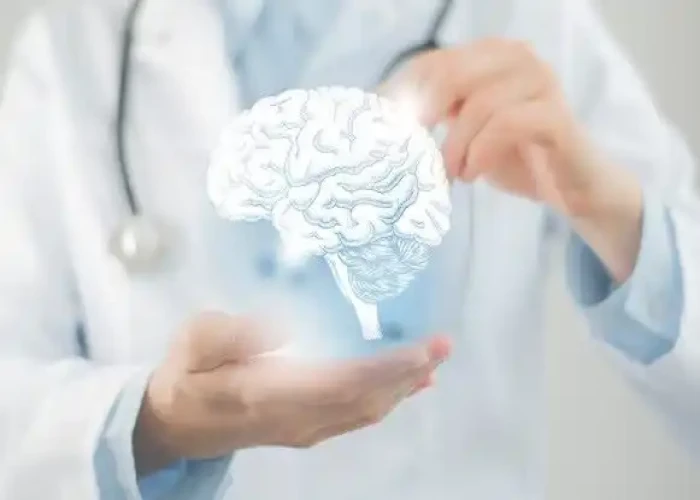 Welcome
Welcome
“May all be happy, may all be healed, may all be at peace and may no one ever suffer."
Transient ischemic attack (TIA)
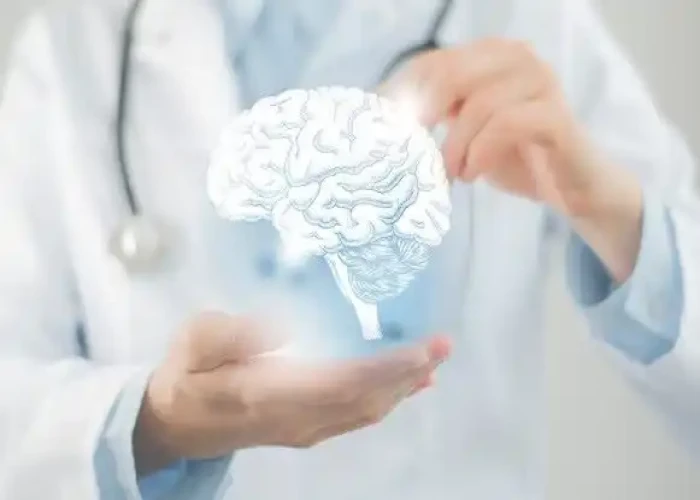
A transient ischemic attack (TIA), also known as a mini-stroke, is a temporary interruption of blood flow to the brain. TIAs typically last only a few minutes to a few hours and can cause similar symptoms to a stroke, such as sudden weakness or numbness in the face, arms or legs, trouble speaking or understanding speech, and difficulty with balance or coordination. However, TIAs do not cause lasting damage to the brain.
TIAs are caused by a temporary blockage or narrowing of an artery in the brain. The most common cause is the buildup of fatty deposits or plaque in the blood vessels, a condition known as atherosclerosis. Other risk factors for TIA include high blood pressure, smoking, diabetes, and heart disease.
Diagnosis of TIA involves a physical and neurological exam, as well as imaging tests such as a CT scan or MRI to assess the blood flow to the brain. Treatment for TIA focuses on preventing future episodes and may include medication to control blood pressure or cholesterol levels, antiplatelet drugs to prevent blood clots, and lifestyle changes such as quitting smoking, eating a healthy diet, and increasing physical activity.
If left untreated, TIAs can increase the risk of a full-blown stroke, which can cause permanent brain damage or death. Therefore, it is important to seek medical attention immediately if you experience any symptoms of TIA, as prompt treatment can help prevent further damage and reduce the risk of future strokes.
Research Papers
Disease Signs and Symptoms
- Weakness
- Numbness
- Paralysis of face
- Slurred speech
- Blindness (Vision loss)
- Double vision (diplopia)
- Dizziness (vertigo)
- Poor coordination
- Slurred or garbled speech or difficulty understanding others
Disease Causes
Transient ischemic attack (TIA)
A TIA has the same origins as that of an ischemic stroke, the most common type of stroke. In an ischemic stroke, a clot blocks the blood supply to part of the brain. In a TIA, unlike a stroke, the blockage is brief, and there is no permanent damage.
The underlying cause of a TIA often is a buildup of cholesterol-containing fatty deposits called plaques (atherosclerosis) in an artery or one of its branches that supplies oxygen and nutrients to the brain.
Plaques can decrease the blood flow through an artery or lead to the development of a clot. A blood clot moving to an artery that supplies the brain from another part of the body, most commonly from the heart, also may cause a TIA.
Disease Prevents
Transient ischemic attack (TIA)
Knowing your risk factors and living healthfully are the best things you can do to prevent a TIA. Included in a healthy lifestyle are regular medical checkups. Also:
- Don't smoke. Stopping smoking reduces your risk of a TIA or a stroke.
- Limit cholesterol and fat. Cutting back on cholesterol and fat, especially saturated fat and trans fat, in your diet may reduce buildup of plaques in the arteries.
- Eat plenty of fruits and vegetables. These foods contain nutrients such as potassium, folate and antioxidants, which may protect against a TIA or a stroke.
- Limit sodium. If you have high blood pressure, avoiding salty foods and not adding salt to food may reduce your blood pressure. Avoiding salt may not prevent hypertension, but excess sodium may increase blood pressure in people who are sensitive to sodium.
- Exercise regularly. If you have high blood pressure, regular exercise is one of the few ways you can lower your blood pressure without drugs.
- Limit alcohol intake. Drink alcohol in moderation, if at all. The recommended limit is no more than one drink daily for women and two a day for men.
- Maintain a healthy weight. Being overweight contributes to other risk factors, such as high blood pressure, cardiovascular disease and diabetes. Losing weight with diet and exercise may lower your blood pressure and improve your cholesterol levels.
- Don't use illicit drugs. Drugs such as cocaine are associated with an increased risk of a TIA or a stroke.
- Control diabetes. You can manage diabetes and high blood pressure with diet, exercise, weight control and, when necessary, medication.
Disease Treatments
Once your provider has determined the cause of the TIA, the goal of treatment is to correct the issue and prevent a stroke. Depending on the cause of the TIA, your provider may prescribe medication to reduce the tendency for blood to clot or may recommend surgery or a balloon procedure (angioplasty).
Medications
Providers use several medications to decrease the likelihood of a stroke after a TIA. The medication selected depends on the location, cause, severity and type of TIA. Your provider may prescribe:
- Anti-platelet drugs. These medications make the platelets, one of the circulating blood cell types, less likely to stick together. When blood vessels are injured, sticky platelets begin to form clots, a process completed by clotting proteins in blood plasma.
- The most frequently used anti-platelet medication is aspirin. Aspirin is also the least expensive treatment with the fewest potential side effects. An alternative to aspirin is the anti-platelet drug clopidogrel (Plavix).
- Your provider might prescribe aspirin and clopidogrel to be taken together for about a month after the TIA. Research shows that taking these two drugs together in certain situations reduces the risk of a future stroke more than taking aspirin alone. There may be certain situations when the duration of taking both medications together may be extended, such as when the cause of the TIA is a narrowing of a blood vessel located in the head.
- Alternatively, your provider may prescribe ticagrelor (Brilinta) and aspirin for 30 days to decrease your risk of recurrent stroke.
- Your provider may consider prescribing Aggrenox, a combination of low-dose aspirin and the anti-platelet drug dipyridamole, to reduce blood clotting. The way dipyridamole works is slightly different from aspirin.
- Anticoagulants. These drugs include heparin and warfarin (Jantoven). They affect clotting-system proteins instead of platelet function. Heparin is used for a short time and is rarely used in the management of TIAs.
- These drugs require careful monitoring. If atrial fibrillation is present, your doctor may prescribe a direct oral anticoagulant such as apixaban (Eliquis), rivaroxaban (Xarelto), edoxaban (Savaysa) or dabigatran (Pradaxa), which may be safer than warfarin.
Surgery
If you have a moderately or severely narrowed neck (carotid) artery, your provider may suggest carotid endarterectomy (end-ahr-tur-EK-tuh-me). This preventive surgery clears carotid arteries of fatty deposits (atherosclerotic plaques) before another TIA or stroke can occur. An incision is made to open the artery, the plaques are removed and the artery is closed.
Angioplasty
In selected cases, a procedure called carotid angioplasty, or stenting, is an option. This procedure involves using a balloon-like device to open a clogged artery and placing a small wire tube (stent) into the artery to keep it open.
Disease Diagnoses
Disease Allopathic Generics
Disease Ayurvedic Generics
Disease Homeopathic Generics
Disease yoga
Transient ischemic attack (TIA) and Learn More about Diseases
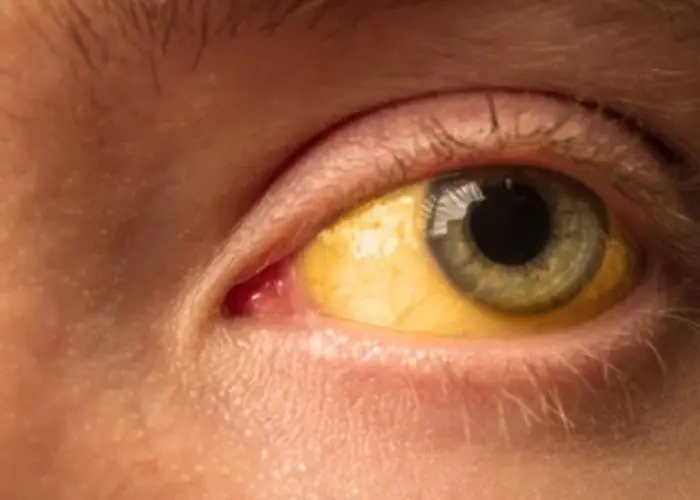
Cirrhosis

Sleep terrors (night terrors)

Yeast infection (vaginal)
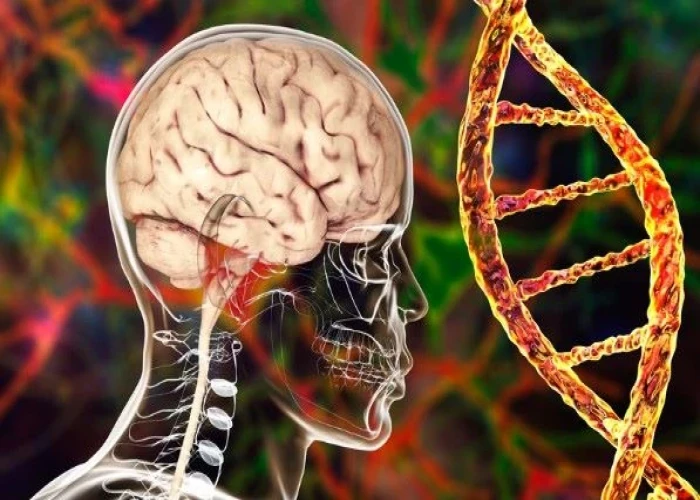
Metachromatic leukodystrophy
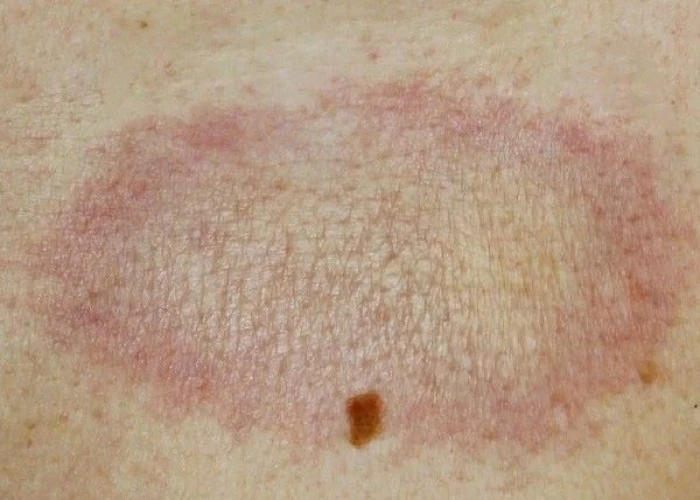
Morphea
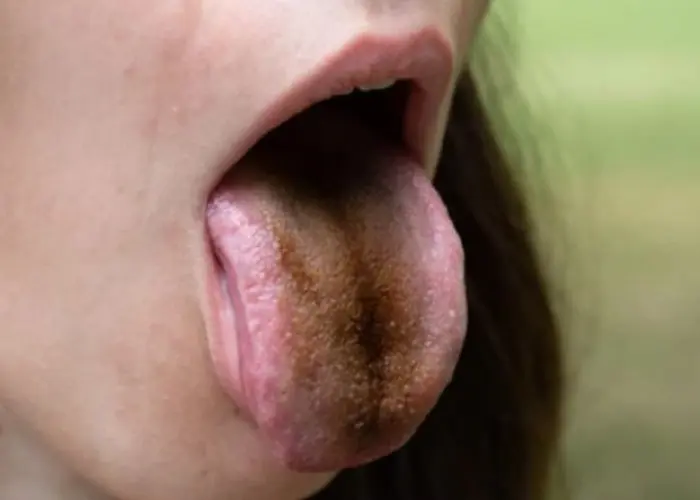
Black hairy tongue
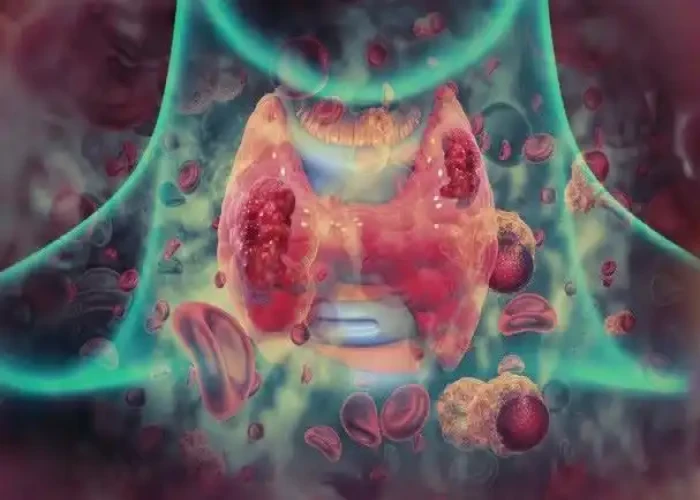
Thread Worm

Kawasaki disease
transient ischemic attack, tia, ক্ষণস্থায়ী ইস্কেমিক আক্রমণ, টিআইএ
To be happy, beautiful, healthy, wealthy, hale and long-lived stay with DM3S.
